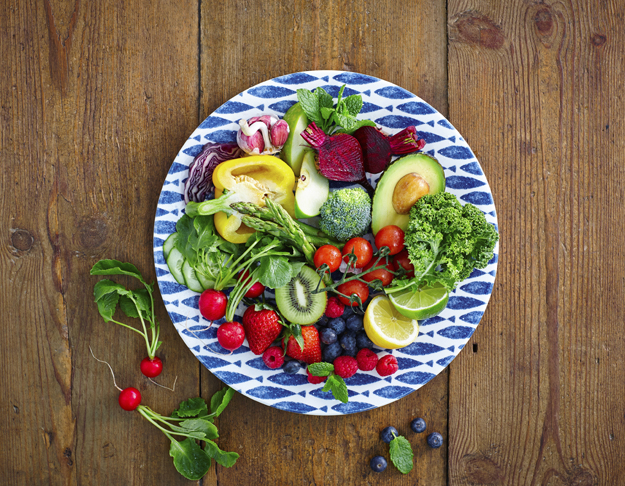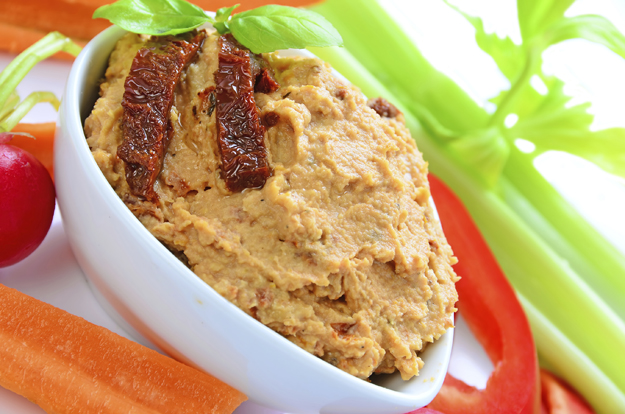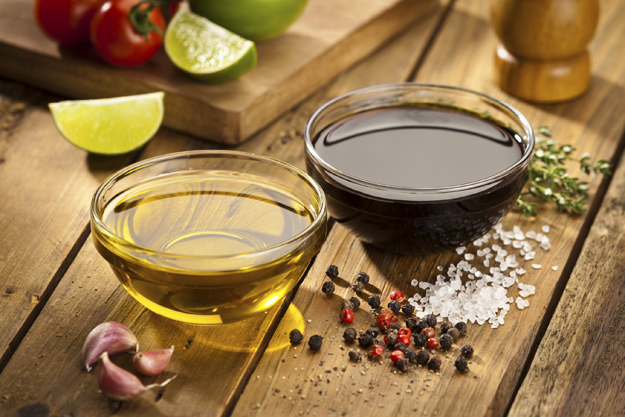It’s not just what you eat that can affect your health but how you cook food. So next time you’re planning out your meals, remember to check that the cooking method you’re using for that particular food ensures you are maintaining the optimum level of nutrients.
Vavista’s dietitian Sophie Claessens talks us through the different healthy cooking methods and how you can ensure you cook your foods for optimum health.

1. AS IT COMES…FRESH AND RAW
First things first, have it as it comes. This method includes very little effort preparation-wise and retains vitamins, minerals and other nutrients best. Obviously you can’t do this with meat or poultry, but here’s a few ideas on how to add some fresh, raw, nutrient-rich foods to your dish:
- Use a vegetable peeler to peel strips of carrot, courgette (yellow or green), cucumber or even apple over your pastas and salads
- Add slivers of red onion to dishes for an anti-oxidant-rich flavour kick
- Simply buy a bag of washed salad and bung a load on your plate – easiest way to up your veggies
- Slice celery, peppers and spring onions for a zingy snack
NB. You may be surprised that tomatoes are actually better for you cooked; they’re more likely to release their nutrients when their structure is broken down a little by being put under a high temperatures; great roasted.
2. COOKING WITH WATER
A simple cooking method; but can be overdone by boiling everything to a mushy pulp, losing valuable nutrients into the water. Here’s how to retain those vitamins and minerals (as well as flavour) when cooking in water:
Boiling
Great for root veg such as potatoes and beetroot which take longer to cook through as well as dried pulses such as chickpeas and beans. Not so great for softer veg such as broccoli, asparagus and runner beans from which the nutrients leach out into the water. Veg with protective shells such as peas and sweetcorn deal quite well with boiling.
Best for boiling:
- Pop some baby new potatoes, skins on, into boiling water for 10-15minutes, adding some peas during the last 3 minutes. Use with some fish and salad or add to your salad for lunch tomorrow
- Buy fresh beetroot, trim and bring to the boil with the skins on for 10 minutes, then reduce to a low-medium heat for 30-40minutes until just tender. Peel once cooled and slice up ready to give some colour to salads, potatoes and even added to dips.
- Save money by making your own hummus with dried chickpeas: Prepare your chickpeas by soaking in water overnight, then draining the water and using fresh water to bring to the boil for 10minutes and reducing to a low-medium heat for 20-40minutes until soft. Use your prepared chickpeas in the following recipe:

Sun-dried Tomato Hummus
- 400g chickpeas
- 1 garlic clove, crushed
- 2 tbsp extra virgin olive oil
- 1 tbsp tahini
- 2tbsp lemon juice
- 1 tsp cumin
- 6 sun-dried tomatoes
- Blend all ingredients together (I find that a handheld blender works best)
- Add a few tbsp water to create a desired texture (I like mine thick so don’t add much)
- Taste and add more lemon juice or cumin to taste.
- Decant into a small pot and keep in the fridge for up to 5 days
Blanching
This method is similar to boiling, but uses water at a very high temperature to cook veggies quickly which retains nutrients, colour and texture.
Best for blanching:
- Wilting veg such as spinach, watercress and rocket
- Peppers and tomatoes; blanching will make them easier to peel
Steaming
Avoid leaching the vitamins and minerals from foods and veggies by steaming them in their own juices. This method of cooking also retains the crispness and flavour of the foods.
Best for steaming:
- Soft veg such as broccoli, cauliflower and asparagus
- Carrots retain their flavour better when steamed rather than boiled
- White fish stays flakey and delicious when steamed
3. COOKING WITH OIL
This is the cooking method that can be a little dangerous for the waist-line. Too much and you could be adding 100+kcal to your meal. Avoid deep frying foods; although some oil in our diet is good, (particularly monounsaturated oil such as olive oil), deep-frying will make your meal too energy-dense, not leaving much room for all the goodness to come from the rest of the ingredients. The following methods use much less oil:
Sauté
A quick and easy way to cook vegetables with relatively little oil. It also retains the nutrients and adds to their taste.
Best for sautéing:
Garlic mushrooms – Enjoy something more inventive with your cooked breakfast than boring baked beans. Add a teaspoon olive oil to a small frying pan and crush a small garlic clove into the oil, mix through and then add a handful of quartered baby closed-cup mushrooms. Sautee, stirring regularly for a few minutes until the mushrooms begin to brown on the edges.
Stir Fry
One of the easiest weekday dinners around. Stir-frying also uses short cooking times and high temperatures to retain colour and flavour. Use peanut oil or sesame oil to give a delicious oriental flavour.
Try it:
Try stir fried raw king prawns in 1-2tbsp sesame oil with grated ginger, a chopped chilli and a crushed garlic clove. Add veggie strips for a few minutes and serve with rice noodles, adding a little soy sauce at the table.
Shallow frying
Shallow frying doesn’t need too much oil and uses a more gentle cooking method at lower temperatures.
Best for shallow frying:
- Aubergines absorb the oil to give a delicious squishy texture; without oil they can become rubbery and dry.
- Salmon fillets work well if shallow fried, skin-side down with a crushed garlic clove and a lemon wedge cooked on a low-medium heat with a well fitting lid.
You could trying frying using the following balsamic dressing, which adds extra flavour:

Balsamic Dressing
- 6 tbsp Olive Oil
- 2 tbsp balsamic vinegar
- 1 tbsp wholegrain mustard
- 1/5 tbsp clear honey
- 1 small garlic clove, crushed
- Simply pop all ingredients into a bottle (I use old olive oil bottles), put the lid on and shake vigorously like a cocktail.
- The dressing can be kept in the bottle; shake well before each use.
4. OVEN COOKING AND GRILLING
Roasting
This is a great way to cook meats, and fairly low maintenance once prepped. Nutrients are retained well if covered for example fish wrapped in foil, chicken cooked in its skin and red meat joints in a roasting dish covered with foil. Roasting bags are also a very easy and delicious way to cook meats easily; simply add your meat, veggies and herbs/flavourings and bung in the oven for 40-60minutes leaving you with lovely moist meat.
Best for roasting:
- Fish baked in foil with a wedge of lemon
- Beetroot and potatoes added to your joint of meat for your Sunday roasts
- Mediterranean veg such as courgette, aubergine, peppers and tomatoes
Grilling
Grilling is great to allow fat to drip from meats to reduce the saturated fat content. Grilling also adds lovely flavours although can dry some meats out.
Best for grilling:
Bacon – ensure that you use a wire rack to allow fat to drip away
